6 Reasons Amman Jordan Is Going to Be Big in 2023
Amman Jordan
Amman the capital of Jordan is a central crossing point and the birthplace of several great civilizations. Amman is westernized but maintains its Middle Eastern flair, with mouth-watering food and incredibly hospitable people. Jordan means visiting the Dead Sea, Wadi Rum and Petra, but most Particularly remarkable is Amman’s bowl-shaped centre, as far as the eye can see all houses are built in the same light colour palette. Downtown Amman, the city centre area has been dwarfed by the sprawling urban area. Many areas remain of their old character. Jabal Amman is a well-known tourist attraction in old Amman with fine museums, ancient constructions, monuments, and cultural sites are situated. Jabal Amman also contains the famous Rainbow Street and the Souk Jara market. Amman Jordan is one of the easiest cities in which to enjoy the Middle East experience, with Roman ruins, leafy residential districts, cafes, bars, modern malls and art galleries.
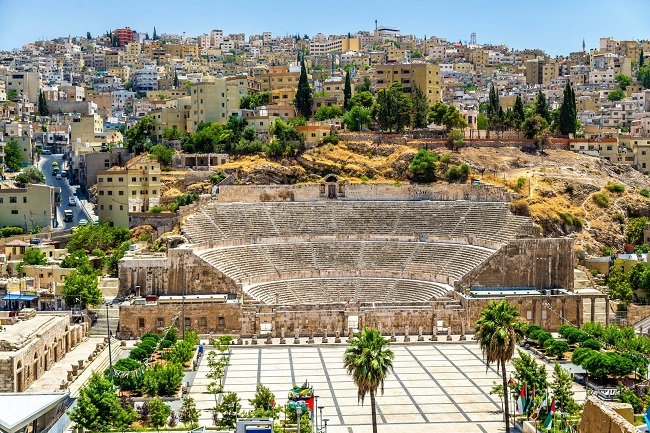
Geography Amman
Amman Jordan is situated on the East Bank Plateau, an upland characterized by wadis which run through it. Originally, the city had been built on seven hills. Amman’s terrain is dominated by its mountains. The most important areas in the city are named after the hills or mountains they lie on. The area’s elevation ranges from 1,000 to 1,100 m. Al-Salt and al-Zarqa are located to the northwest and northeast, respectively, and Madaba is located to the west. One of the only remaining springs in Amman now supplies the Zarqa River with water.
Amman weather-Amman’s position on the mountains near the Mediterranean climate zone places it under the semi-arid climate zone. Summers are moderately long, mildly hot and breezy. Spring is brief and warm. Winter usually starts around the end of November and continues from early to mid-March. Temperatures are usually near or below 17 °C, with snow occasionally falling once or twice a year. Rain averages about 300 mm a year and periodic droughts are common, where most rain falls between November and April.
History Amman Jordan
Amman is the main tourist attraction and 4th most visited Arab city and the 9th-highest recipient of visitors. Amman is the capital and largest city of Jordan, and the country’s economic, political, and cultural centre. The earliest evidence of settlement in Amman dates to the 8th BC, in a Neolithic site known as ‘Ain Ghazal. From here the world’s oldest statues of the human form have been unearthed. During the Iron Age, the city was known as Rabat Aman and served as the capital of the Ammonite Kingdom. In the 3rd century BC, Ptolemy II Philadelphus, Pharaoh of Ptolemaic Egypt, rebuilt the city and renamed it “Philadelphia”.Under Roman rule, Philadelphia was one of the 10 Greco-Roman cities of the Decapolis before being directly ruled as part of the Arabia Petraea province. The Rashidun Caliphate conquered the city from the Byzantines in the 7th century AD, restored its ancient Semitic name and called it Amman.
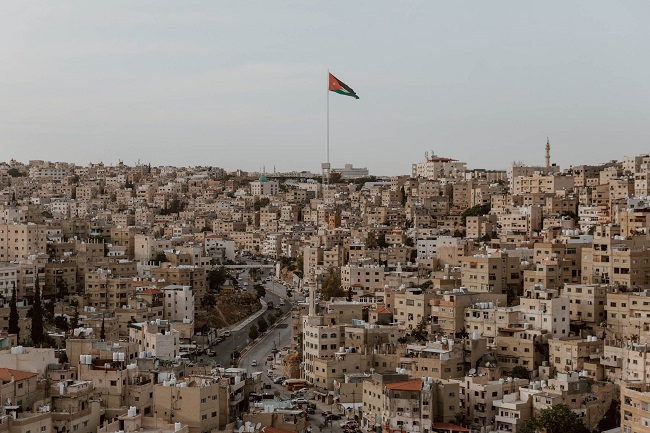
Things to do in Amman Jordan
The capital of Jordan, Amman is the best Gulf country destination. Rainbow Street in Amman is a trendy little area with shops, cafes, restaurants and ice cream parlours. This is the best place for hanging out, doing their daily chores and various other things. One can also make the time to explore the historic Downtown al-Balad. Street food is something you do not want to miss in Amman.
Also read- An Epic Structure in India-The Lepakshi Veerbhadra Temple
Explore the capital city, with Citadel and the Roman Theatre. Amman was once called ‘Philadelphia’ and has been taken over by many dynasties, even Alexander the Great. The Greeks and Romans took turns here as well and left many things behind for us to see. These ruins were restored really well and rival those in Italy and Greece. The Citadel has some of the best views in Amman and the Roman Theatre has kept even the minutest details intact. The pillars in the Citadel are remains of the Roman Temple of Hercules. Besides, the King Abdullah Mosque is a very impressive site that many tourists visit. Other popular tourist attractions are the Royal Automobile Museum and Jordan Archaeological Museum.
Amman Citadel
The Citadel sits on the highest hill in Amman, Jebel Al Qala’a about 850m above sea level. The site is Occupied since the Bronze Age, it’s surrounded by a 1700m-long wall, which was rebuilt many times during the Bronze and Iron Ages, as well as the Roman, Byzantine and Umayyad periods. There are many things to see, but the Citadel’s most striking sights are the Temple of Hercules and the Ummayad Palace. The two giant standing pillars are the remains of the Roman Temple of Hercules. The temple was built during the reign of Roman Emperor Marcus Aurelius (AD 161–80).

Darat Al Funun
Darat Al Funun is located on the hillside to the north of the downtown area and is known for contemporary art. The main building features an excellent art gallery contributed by Jordanian and other Arab artists, an art library, and workshops for Jordanian and visiting sculptors and painters.
The Abdali Boulevard
The Boulevard next to the Abdali Mall is the newest place in Amman Jordan. This mega modern place away from Downtown is regarded as the new modern centre. Here one can find a number of fancy hotels to stay in. Along the boulevard of Abdali, visitors may find A place where trendy locals hang out and have either lunch or dinner.
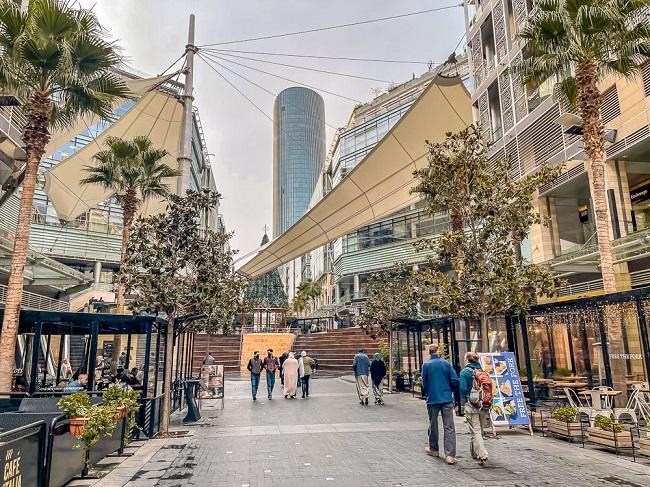
Roman Theatre
Roman theatre is the most impressive remnant of Roman Philadelphia and is the highlight of Amman for most visitors all around the world. The theatre is carved out of a hill and has a seating capacity of 6000. The best time for photographs is the morning when the light is soft- although the views from the top tiers just before sunset are spectacular. The theatre was probably built in the 2nd century AD during the reign of Antoninus Pius (AD 138–61). Theatres often had religious significance, and the small shrine above the top row of seats once housed a statue of the goddess Athen.
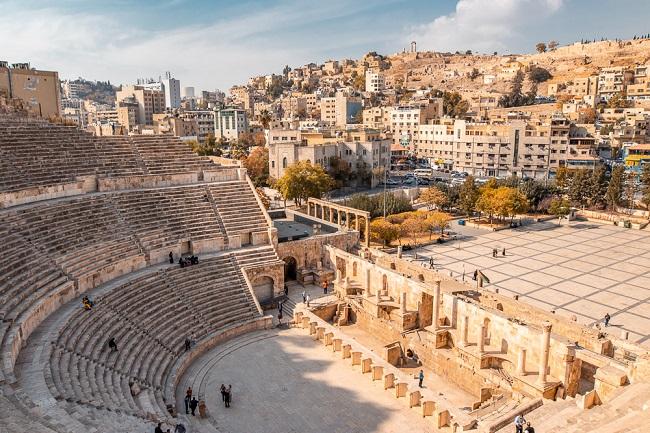
Qasr Al Abad
West of Amman, Qasr Al Abad, is one of the very few examples of pre-Roman construction in Jordan. This a Mysterious place surrounds the palace, and even its precise age isn’t known. Most scholars believe that the Hyrcanus of the powerful Jewish Tobiad family built it sometime between 187 and 175 BC as a fortified palace. Although it was never completed, much of the palace has been reconstructed. The palace was built from the biggest blocks of any ancient structure in the Middle East-the largest is 7m by 3m.
King Abdullah Mosque
King Abdullah Mosque is another must-see destination when visiting Amman. The Mosque was completed in 1989 by the late King Hussein in honour of his grandfather. It is the most famous mosque in Amman with a capacity of up to 10,000 people. 35m-diameter blue dome towering over the low-rise rooftops of Amman is easily recognizable from miles of distance.
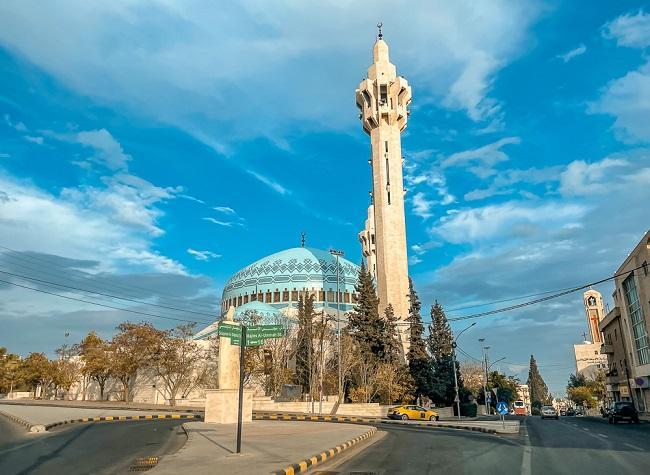
Amman airport
The main airport in Amman is Queen Alia International Airport, situated about 30 km south of Amman. Queen Alia International Airport is the major international airport in Jordan and the hub for Royal Jordanian carriers. one can get flights to Amman Jordan from all major cities around the world. Travelling by flight is the only suitable option to reach from India to Jordan.
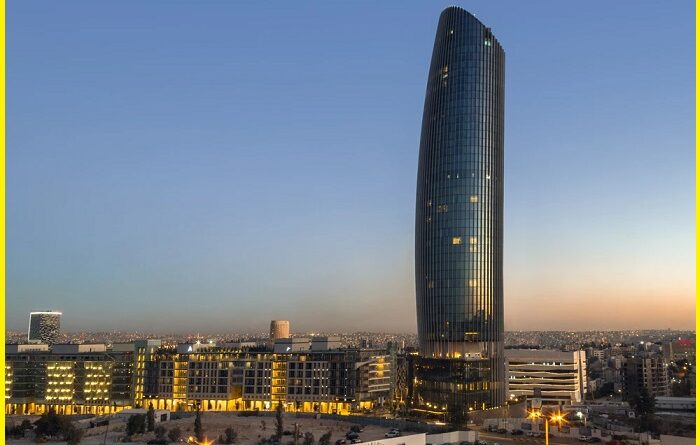
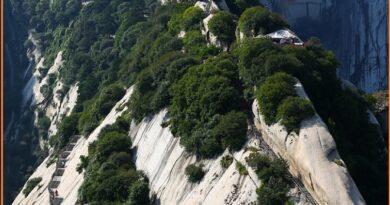
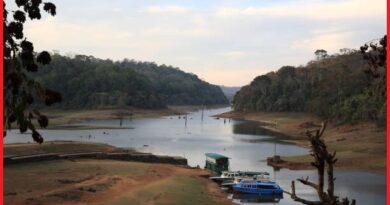
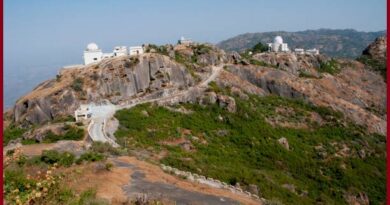
Pingback: The Grudge or Al Ba’sa-The Skinniest building in the World - Geotourism